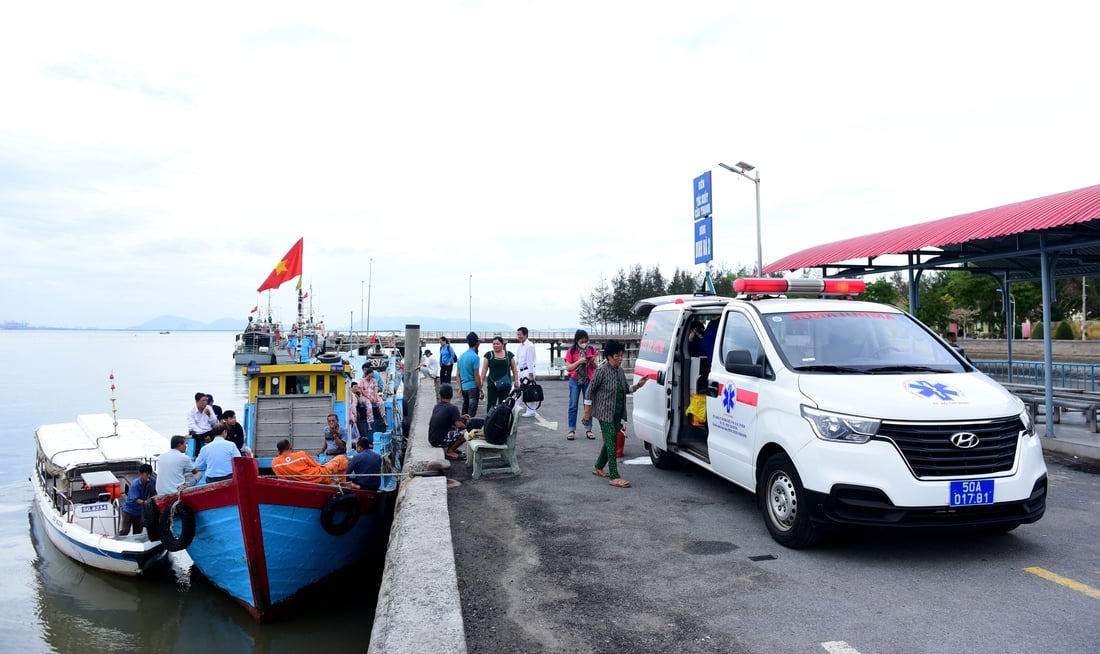
Patients in Thanh An island commune (Can Gio district, Ho Chi Minh City) were taken by canoe to the mainland and then taken by ambulance to the hospital - Photo: DUYEN PHAN
The new Ho Chi Minh City health sector after merging with Binh Duong and Ba Ria - Vung Tau is facing a big challenge when emergency services outside hospitals are still limited.
Great demand but not yet fully met
In the old Ho Chi Minh City alone, according to statistics from the 115 Emergency Center, the number of calls to the 115 number has increased rapidly from 7,905 calls in 2014 to 348,752 calls in 2022, with the highest being more than 414,000 calls in 2021.
However, the total number of ambulances in the city is only over 40, while according to the World Health Organization's recommendation, every 100,000 people need one ambulance. Thus, the city needs 130 ambulances.
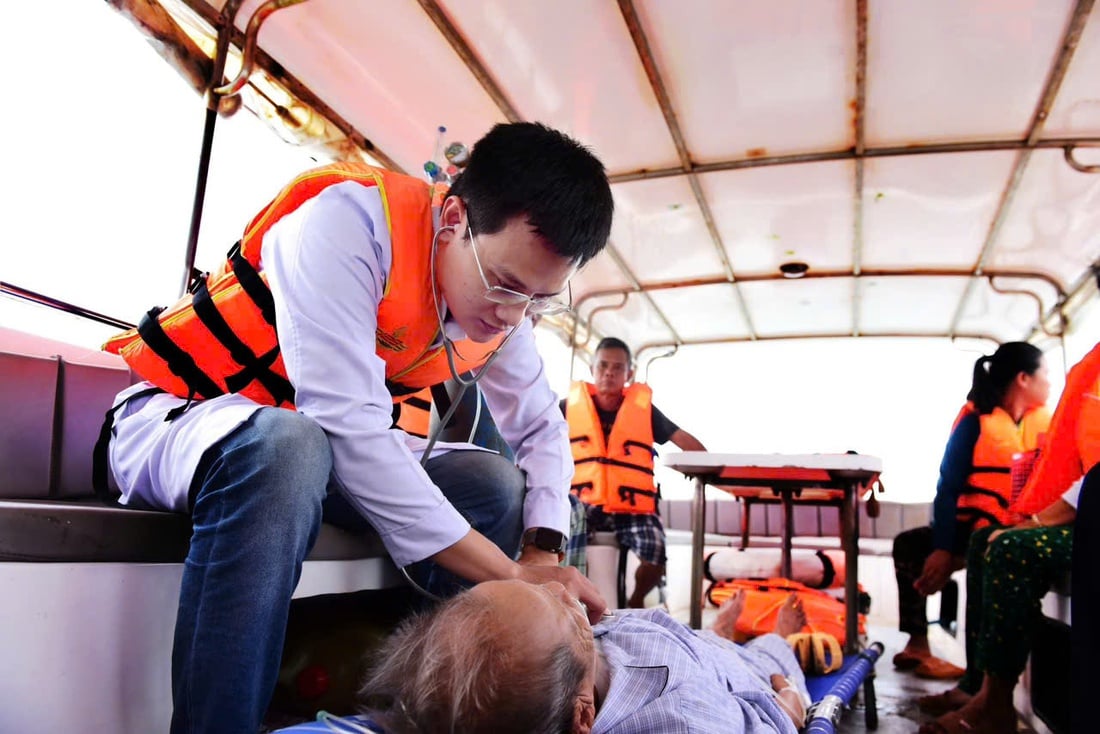
Doctor Nguyen Trong Duy, Ho Chi Minh City Hospital for Tropical Diseases, is providing first aid to a patient on Thanh An island commune to the mainland for emergency treatment by canoe. This doctor has had many "heart-stopping" moments because of dangerous emergency cases in the middle of storms - Photo: DUYEN PHAN
What is more noteworthy is that the city's current 115 emergency network only accesses the scene by road with two main vehicles: ambulances and two-wheeled ambulances (this model has only been piloted in 5 hospitals).
As for the air ambulance service, Military Hospital 175 has been operating since 2018, but mainly transports from the sea, not yet deployed on land.
It can be said that the current road emergency system in the city is in a state of "overload". After the merger of Binh Duong and Ba Ria - Vung Tau, the city's population will increase from 9.9 million to more than 13.7 million people, the emergency system for the entire area will certainly face more difficulties.
Analyzing the current state of the emergency network outside the city, Dr. Nguyen Duy Long - director of the 115 Emergency Center - said that Ho Chi Minh City currently has 45 satellite emergency stations, but they still cannot meet the needs of the people.
The reason is that satellite stations are located at medical facilities, but in some places the density of medical facilities is very sparse, such as Can Gio and Binh Chanh.
It's time for reinforcements.
In April 2024, the Ho Chi Minh City People's Committee approved the project to develop a professional out-of-hospital emergency system for the period 2024 - 2030. It emphasized that in order to meet the emergency needs of the city's people, adding emergency vehicles and developing different types of access to the scene such as waterways and airways is very important.
Especially when the city has geographical characteristics with many rivers, canals, bordering the sea and having islands far from the mainland, and road traffic congestion often occurs.
In phase 1 from 2023 to 2026, Ho Chi Minh City will deploy waterway emergency services in Can Gio district, investing in an ambulance fully equipped with specialized medical equipment to meet the emergency needs of people, especially in remote island communes.
After 2026, expand the waterway emergency model in the city center with a berth at Bach Dang, and add a waterway emergency ship according to the city's development needs.
At that time, the waterway emergency system will respond in urgent, life-threatening situations on inland waterways, coastal areas, islands and remote areas or beyond the capacity of the treating medical facilities, requiring immediate transfer to lower-level hospitals that air transport cannot meet.
Currently, Can Gio is being invested in to become a tourist, resort, and entertainment city, building a deep-water port as a regional and international logistics center.
Therefore, the implementation of a waterway emergency model is really necessary to provide timely emergency services to people, ensuring sustainable development for Can Gio and neighboring areas.
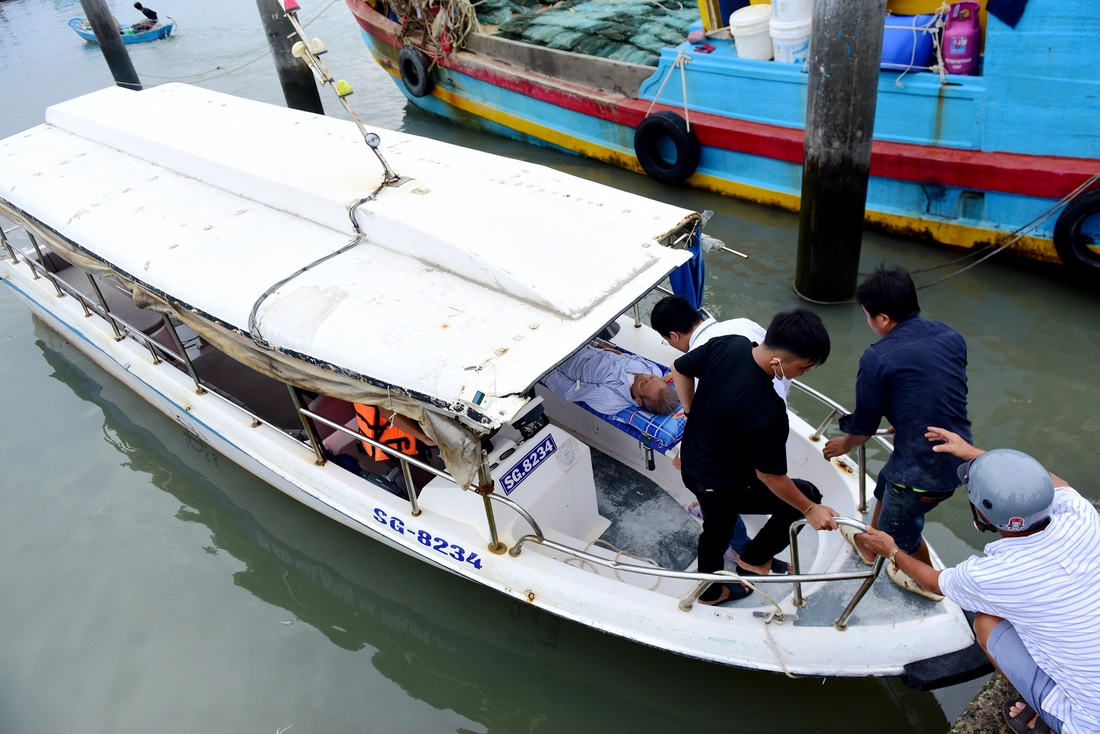
Patients in Thanh An island commune (Can Gio district, Ho Chi Minh City) are taken to the emergency room by the commune's canoe - Photo: DUYEN PHAN
Water rescue needs to be deployed soon
According to Dr. Nguyen Duy Long, not only in Ho Chi Minh City, but in many localities, investing and developing a waterway emergency system is an inevitable trend. Especially, after Ho Chi Minh City merged with Ba Ria - Vung Tau, it was necessary to invest in a waterway emergency system, because at this time the emergency scope is not only in Thanh An island commune, but also meets the needs at seaports.
"Currently, some hospitals, especially those located near rivers and in suburban areas such as District 12 and Binh Chanh, have said they are ready to participate in the waterway emergency system to transport patients as quickly as possible... Therefore, investment in waterway emergency in the city is very necessary and needs to be implemented soon," said Mr. Long.
Speaking with Tuoi Tre , Mr. Ha Anh Duc - Director of the Department of Medical Examination and Treatment Management (Ministry of Health) - said that water rescue is an important need.
If you want to deploy a water rescue system, you must carefully calculate the type of vehicle you need to invest in, how to use it effectively, who will operate it, and who will be responsible for its management. "How is the rescue boat equipped? Who will operate it? In what situations will it operate?... All of these must be seriously studied."
Mr. Duc also said that the Ministry of Health will definitely include the content of water rescue in the foreign emergency project under construction. However, this process cannot be rushed but needs to be investigated and surveyed carefully, based on the practical needs of each area. For people living in coastal areas, especially on large islands, there is already a basic medical emergency system.
The Ministry of Health will also continue to closely coordinate with the Ministry of National Defense to deploy more appropriate support solutions, ensuring people have timely and safe access to emergency services whether at sea or on land.
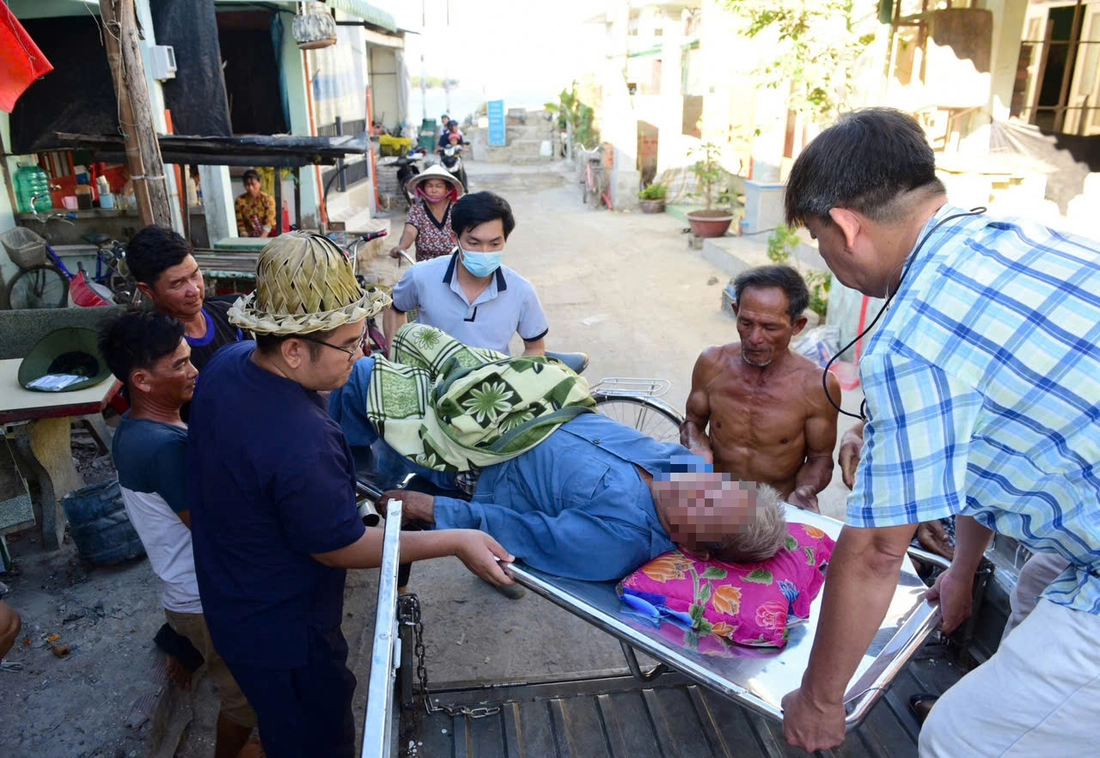
Medical staff of Thanh An island commune transfer the patient by tricycle to the canoe anchored at sea - Photo: DUYEN PHAN
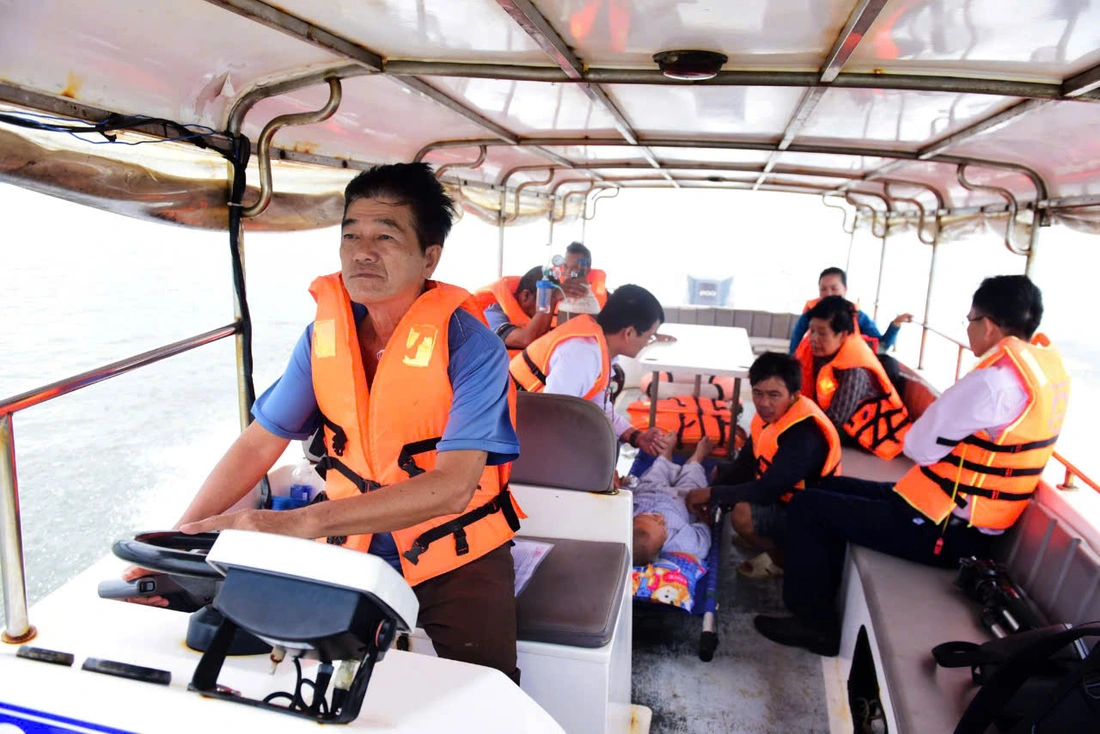
Emergency canoes are not equipped with medical equipment and adequate cover, medical staff and patients often get soaked when traveling in bad weather such as rain and storms - Photo: DUYEN PHAN
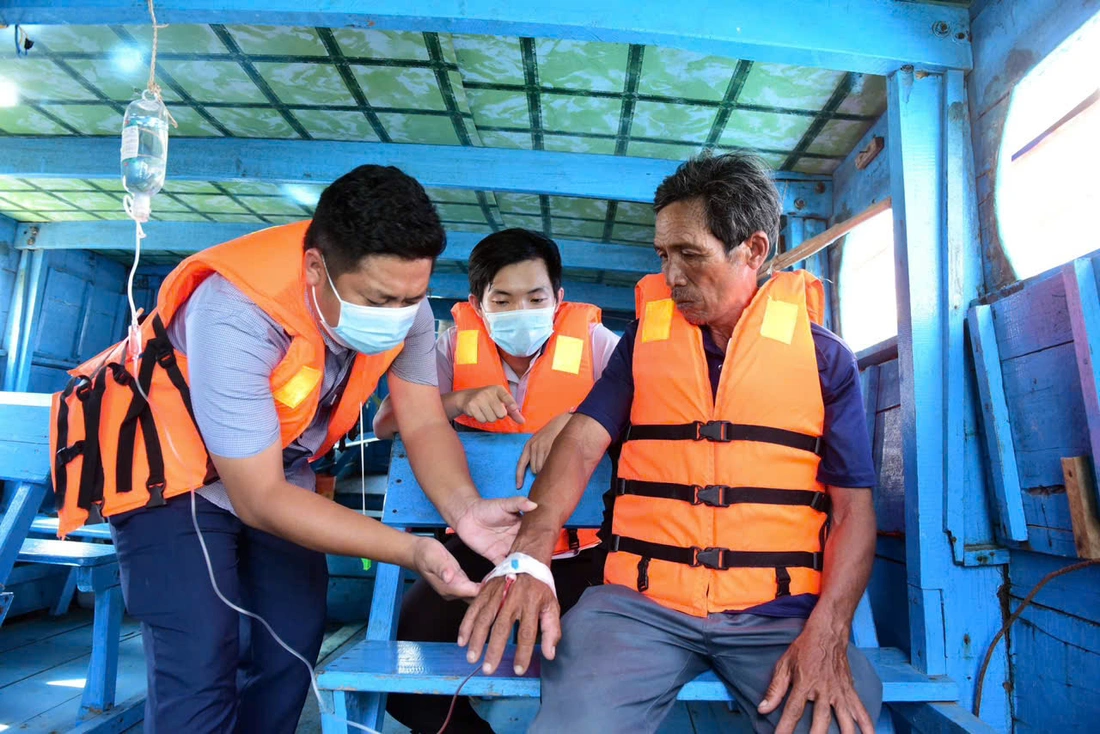
People living on Thanh An island commune (Can Gio district) have to travel by wooden boat to the mainland for medical treatment, the travel time takes nearly 1 hour - Photo: DUYEN PHAN
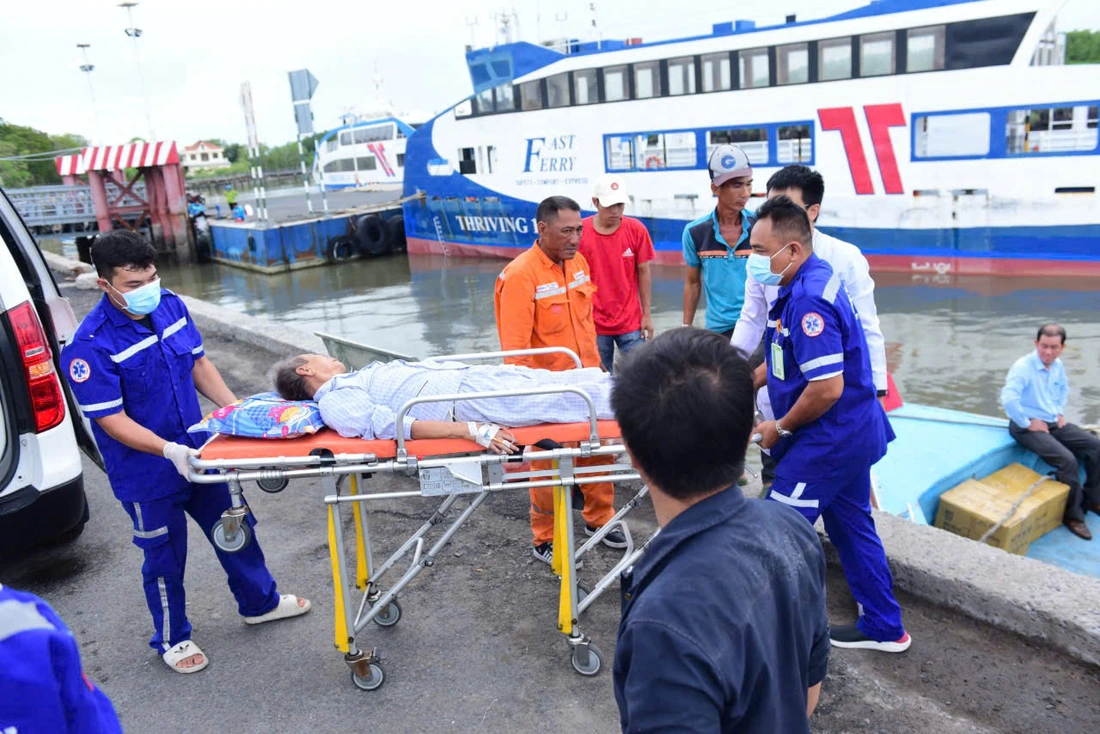
Doctors and nurses from the 115 Emergency Center help transfer patients from Thanh An island commune from the emergency canoe to the mainland - Photo: DUYEN PHAN
SAR ship rescues hundreds of fishermen at sea
In Vung Tau, there is currently a Regional Maritime Search and Rescue Coordination Center III (referred to as Center III) under the Vietnam Maritime Search and Rescue Coordination Center - Vietnam Maritime and Waterways Administration.
From 2004 to 2005, Center III was equipped with two specialized search and rescue vessels, SAR 272 and SAR 413. On the two rescue vessels mentioned above, each vessel has a minor surgery room with necessary initial first aid equipment.
Speaking to Tuoi Tre , Mr. Luong Truong Phi, director of Center III, said that all crew members working on the two ships mentioned above are trained in first aid. And this is one of the mandatory skills for every crew member and sailor working on rescue ships.
"When receiving orders from superiors, regardless of time, our ships are always ready to set out to rescue people and transport them to the mainland for emergency treatment," said Mr. Phi.
Center III said that in 2024 and the first 5 months of 2025, the unit received 151 maritime rescue and distress reports. Of which, Center III, along with units on duty at sea, businesses, ships and fishermen, rescued more than 300 Vietnamese and 30 foreigners.
The golden treatment time is easily missed.
In Can Gio, there is only one satellite emergency station located at the Can Gio District Medical Center, so people in areas near Binh Khanh and Phu Nhon ferries who want to seek emergency care have to travel nearly an hour. Therefore, the golden time for treating patients is easily missed.
In particular, in Thanh An island commune, Thieng Lieng hamlet, the means of transporting patients to the mainland for emergency treatment are mainly wooden boats owned by fishermen or emergency canoes owned by local authorities. These means are still rudimentary, making it difficult for people to go to the emergency room, facing danger, and in many cases missing the golden time for treatment.
Dream on Thanh An island commune
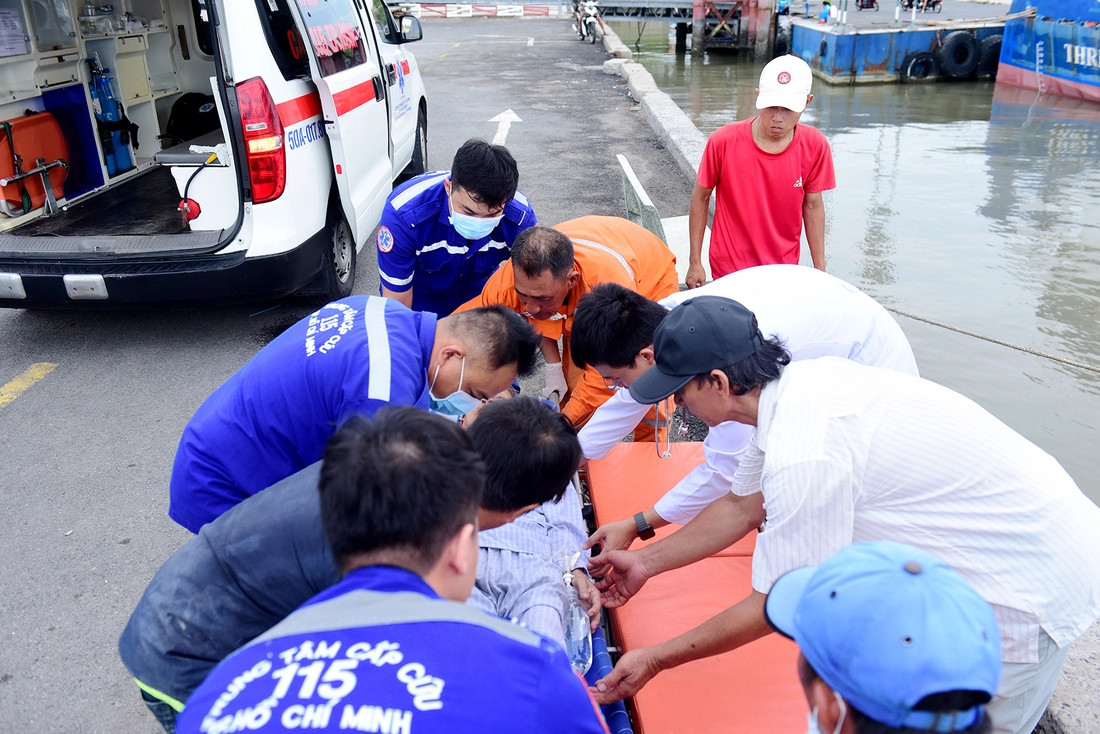
People support medical staff to rescue a patient in Thanh An island commune, Can Gio district, Ho Chi Minh City - Photo: DUYEN PHAN
"Fishing across the river" is the situation in Thanh An commune (Can Gio district) - the only island commune of Ho Chi Minh City that is isolated from the mainland, so people have a big worry about the lack of means to get to emergency care in time.
Bet with "death"
The entire island commune has only one emergency vehicle, a canoe that the People's Committee has just equipped. On stormy days with big waves and strong winds, emergency care on the island commune is like gambling with "death". Mr. Thanh Tung, a resident of Thanh An island commune, said that for decades he has been the boatman taking passengers from the island commune to the mainland and vice versa, including many people who unfortunately fell ill and needed emergency care.
"Before, when there were no canoes, every time people needed emergency help, I used a wooden boat to take them to the other side. It took almost an hour to get to the other side. On rainy or stormy days, no one dared to run. Now there are canoes, but they are small. Emergency doctors and patients are in danger in the rain and wind, at night," said Mr. Tung.
Not only Thanh An residents, but also Thieng Lieng hamlet residents are facing many difficulties. Having suffered from stomach pain for many years, Ms. Dinh Thi Tuyet Nga (53 years old) has to regularly go to the mainland to visit and get medicine.
Every time she wanted to go to the doctor, Ms. Nga had to hire a boat for 300,000 VND/round trip, not including food and drink. Recalling the time she had a severe stomachache and had to go to the emergency room, she hired a boat to go to Thanh An island commune to hitchhike a canoe to the mainland.
When returning to Thieng Lieng by sampan, it suddenly rained heavily with a thunderstorm, the small sampan looked like it was about to capsize into the sea, causing her to panic. "I hope that the people here will have a modern rescue boat, so that we living on the island can feel secure at sea," Ms. Nga confided.
Rescue ship is priority number 1
As a young doctor assigned to Thanh An island commune to provide medical care for the people, Dr. Nguyen Tuan Anh has often felt heartbroken when seeing the people struggling to get emergency care. "Emergency care on the mainland is difficult, emergency care in this island commune is even more difficult. Thanh An needs to quickly get a modern rescue ship so that the people no longer live in fear," said Dr. Tuan Anh.
Associate Professor, Dr. Tang Chi Thuong, Director of the Ho Chi Minh City Department of Health, said that investing in a proper water ambulance in Thanh An island commune will be the number one priority to "ensure equitable implementation of health care between the mainland and the island commune."
"If we watch the clips of canoes carrying patients rushing out into the middle of the sea in the middle of the night, with thunder and lightning, to bring patients to the mainland for emergency treatment, if we know that there are patients who die right on the emergency canoe, and if we know that there are people who can be saved but have passed the "golden time" for treatment... then we will understand why rescue boats are the number 1 priority for Thanh An in particular and the Can Gio sea area in general," said Mr. Tang Chi Thuong.
Suitable model
Mr. Nguyen Trong Khoa, Deputy Director of the Department of Medical Examination and Treatment Management (Ministry of Health), said that modern ambulance ships are completely suitable for areas where boats are the main means of transport, meeting the needs of emergency and medical examination and treatment for people. According to Mr. Khoa, some southern provinces have experience in water rescue and can operate this model.
Source: https://tuoitre.vn/tang-them-phuong-tien-cap-cuu-ngoai-vien-khong-de-cap-cuu-duong-thuy-bi-lang-quen-20250616082854275.htm


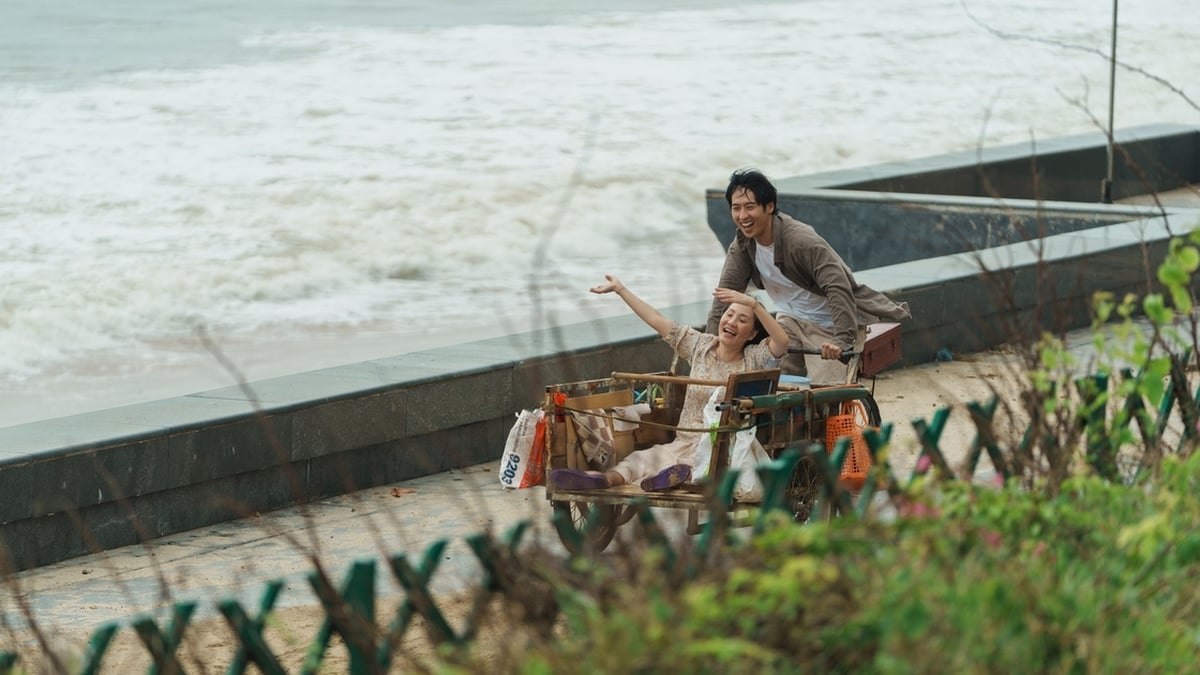
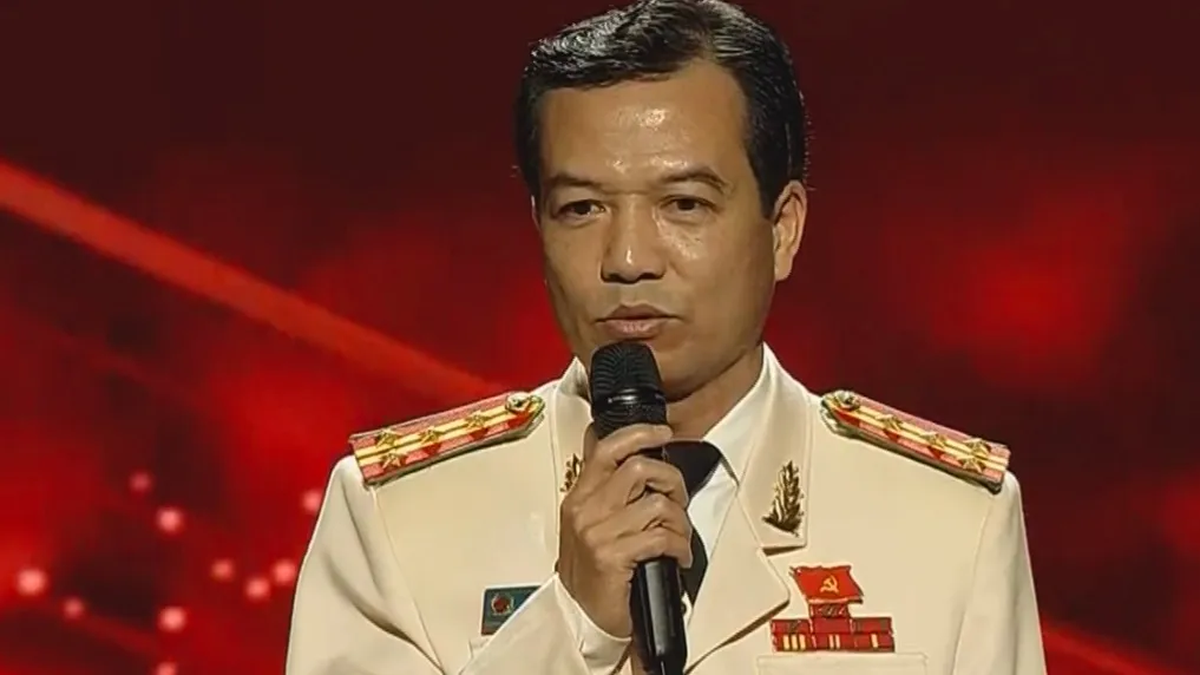


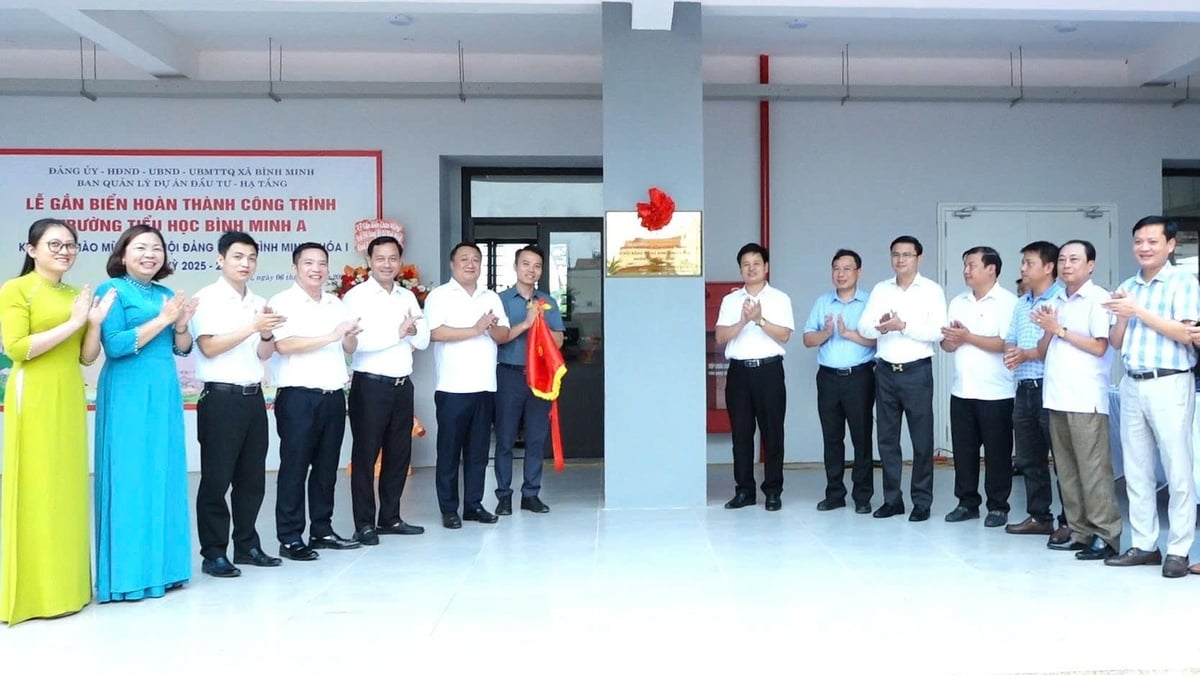


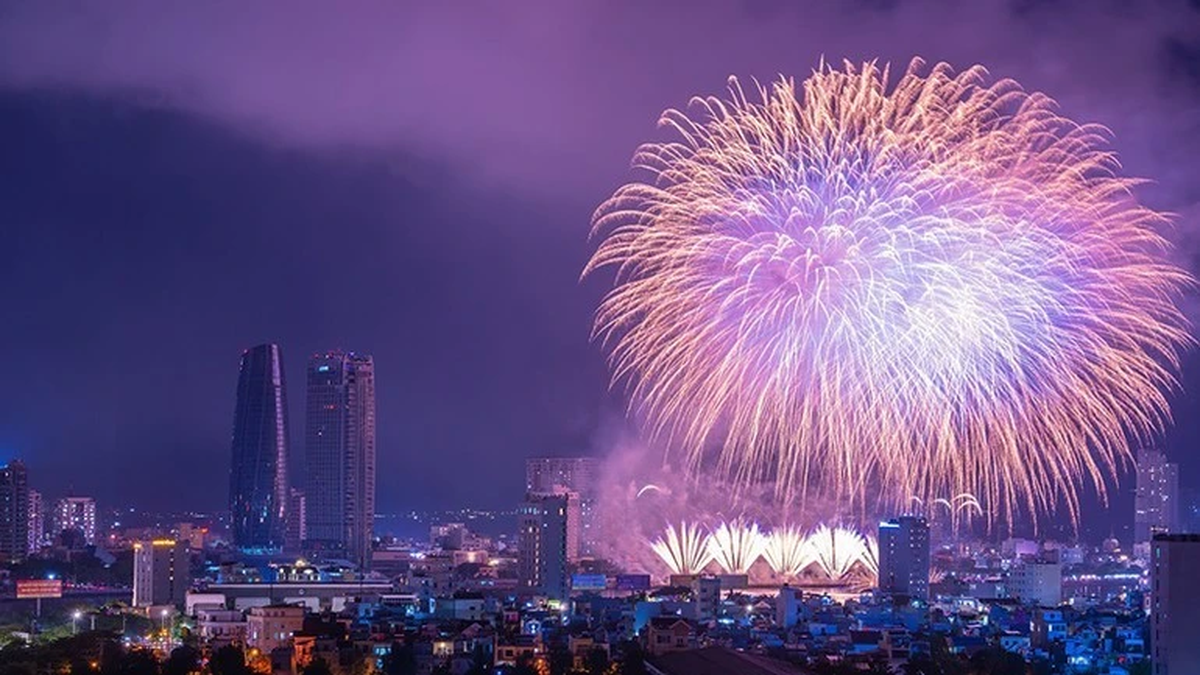

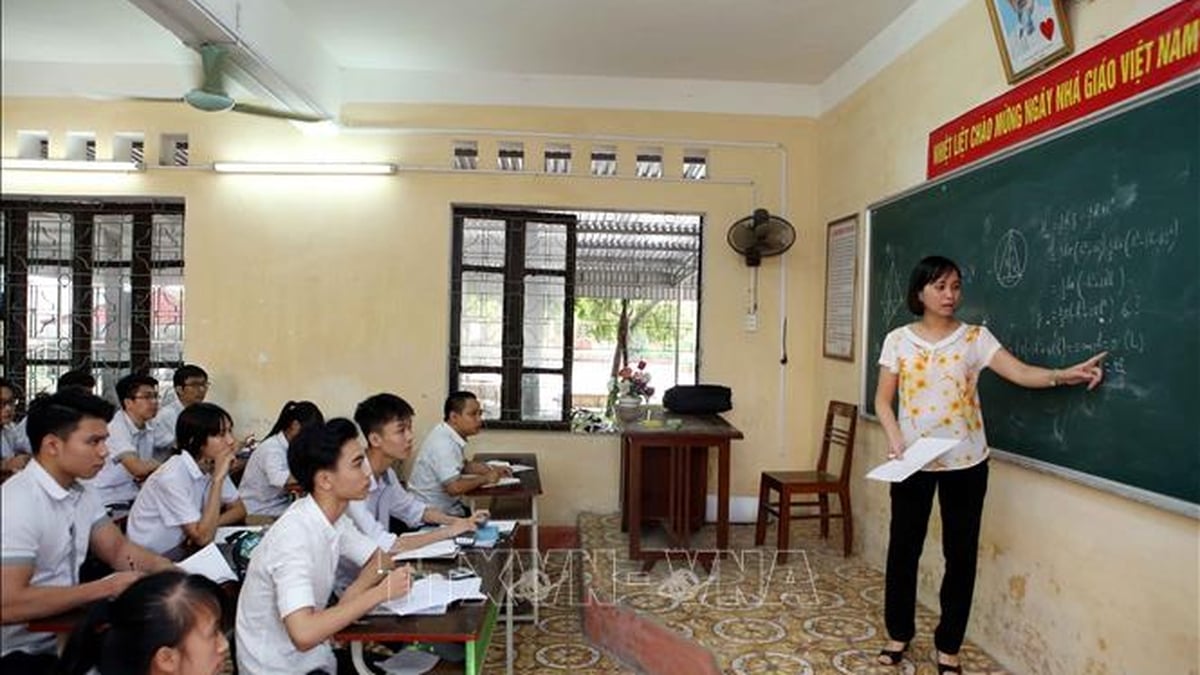

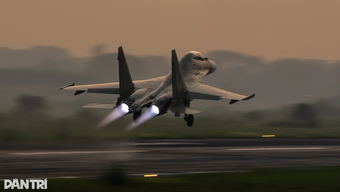








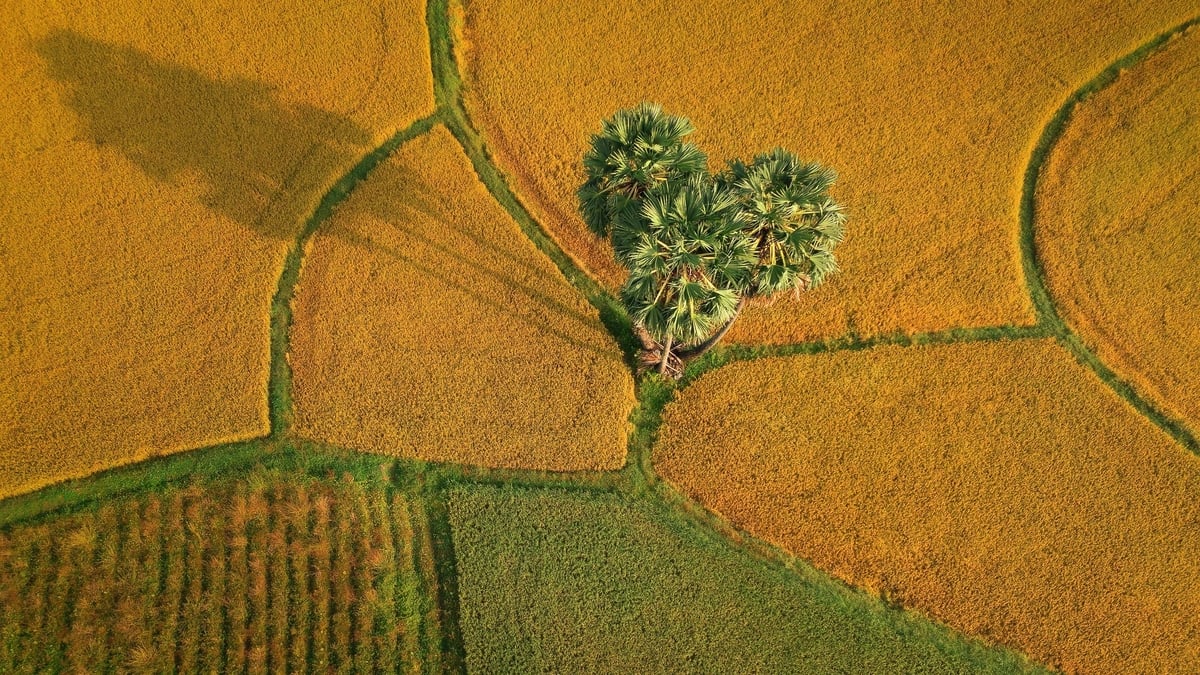


![[Photo] Discover the "wonder" under the sea of Gia Lai](https://vphoto.vietnam.vn/thumb/1200x675/vietnam/resource/IMAGE/2025/8/6/befd4a58bb1245419e86ebe353525f97)

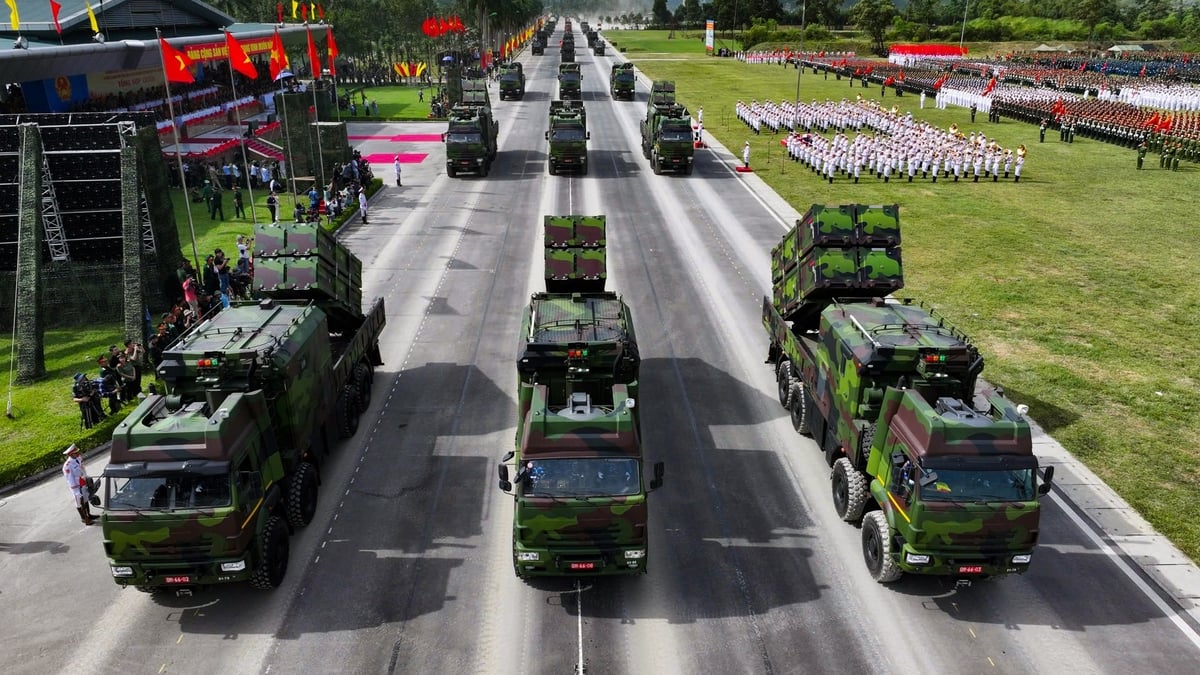
![[Photo] Nghe An: Provincial Road 543D seriously eroded due to floods](https://vphoto.vietnam.vn/thumb/1200x675/vietnam/resource/IMAGE/2025/8/5/5759d3837c26428799f6d929fa274493)

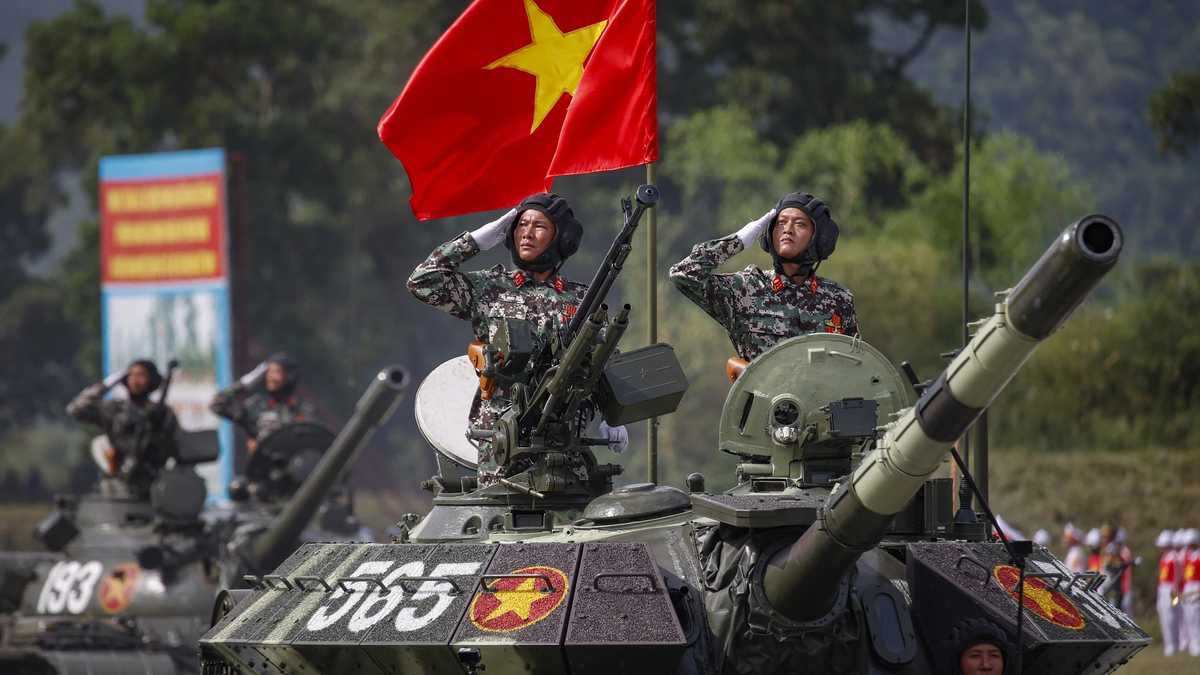
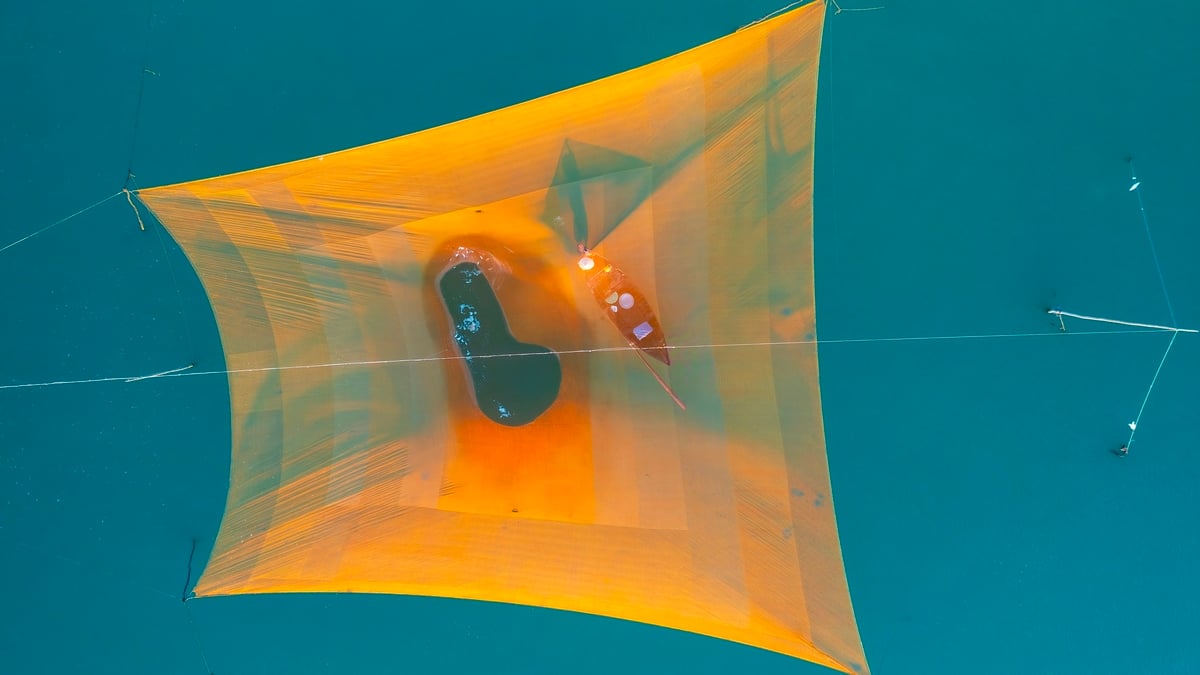
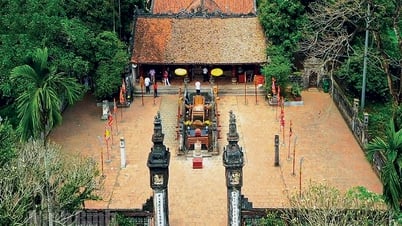

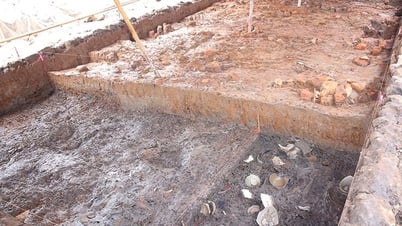

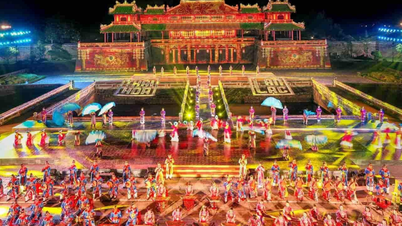



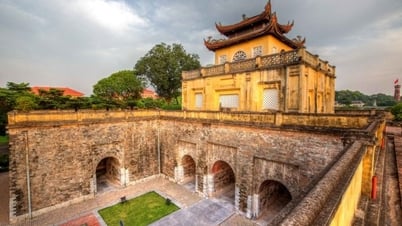

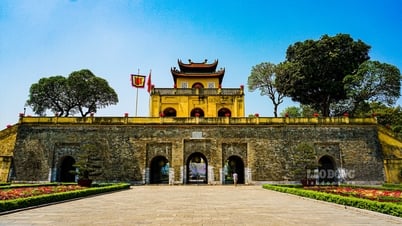

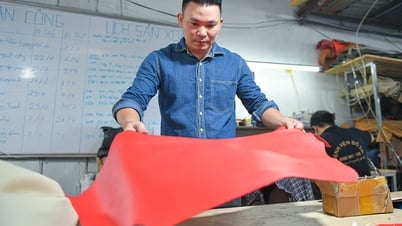











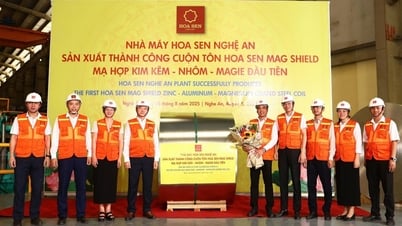

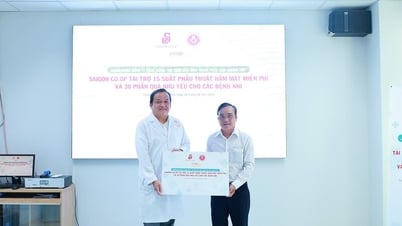

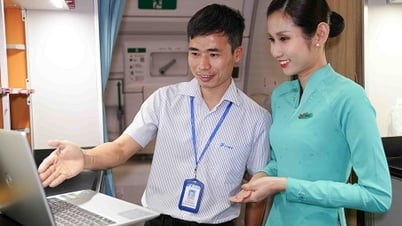









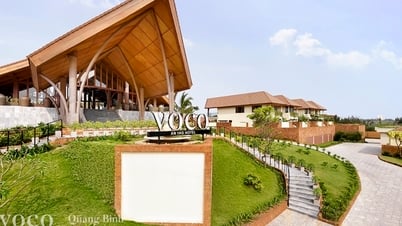

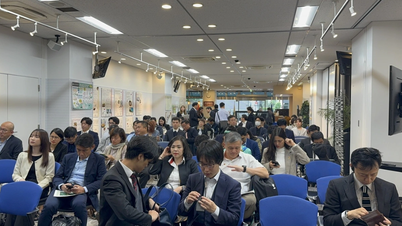












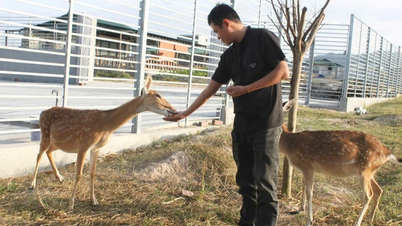

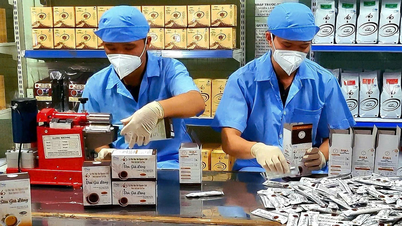





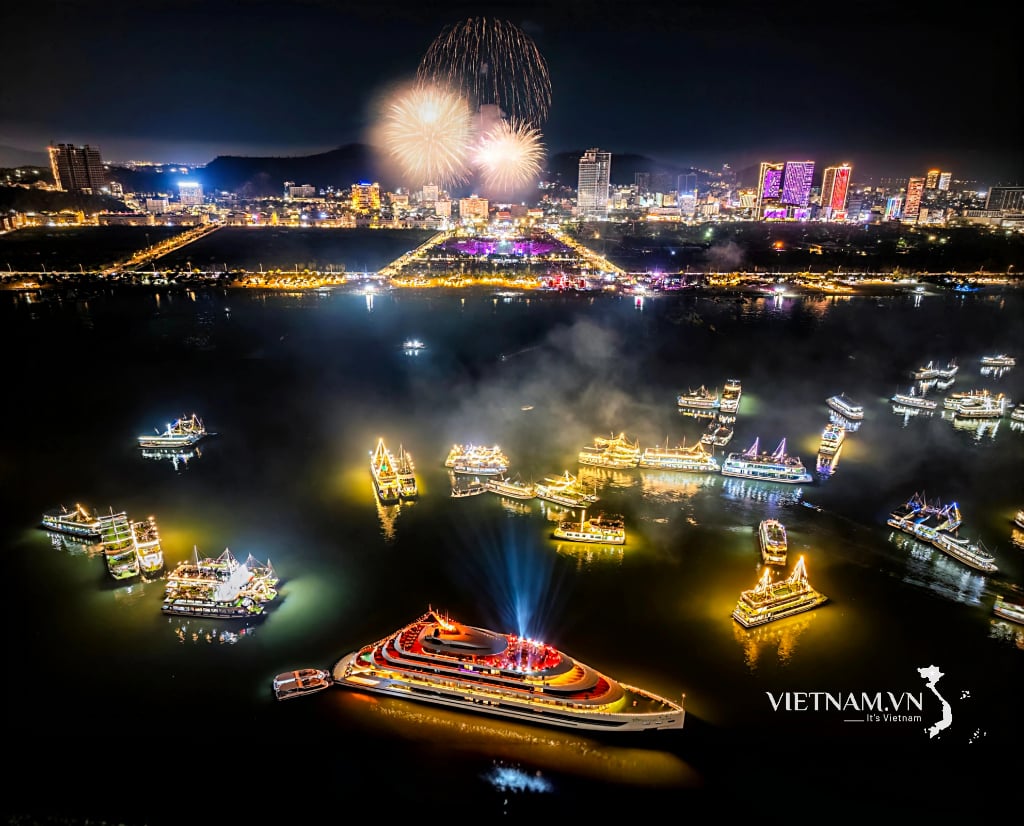
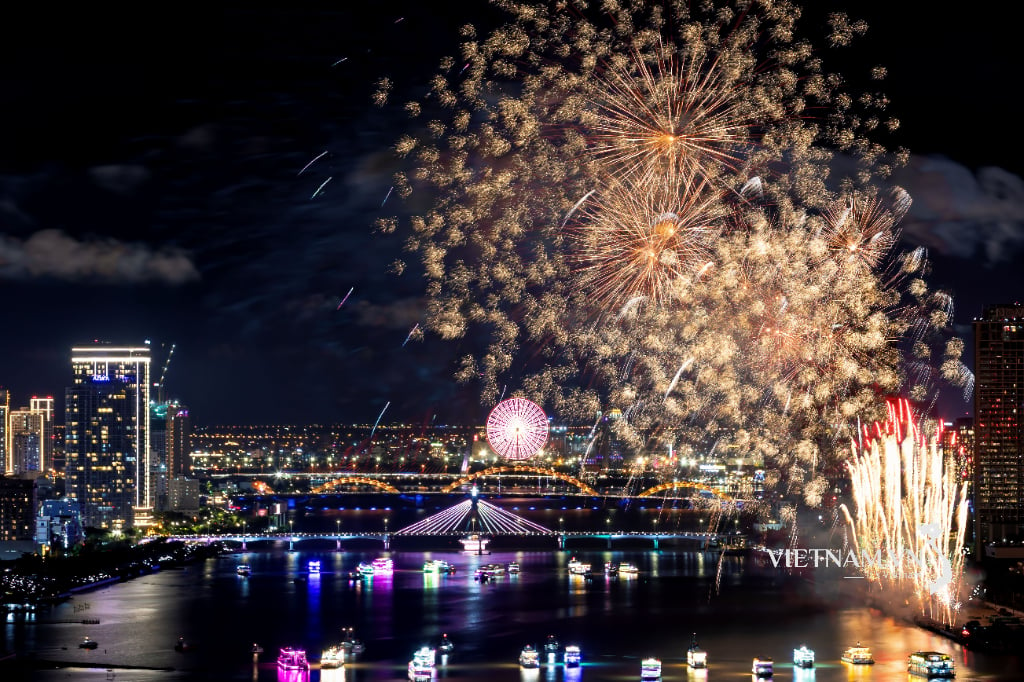
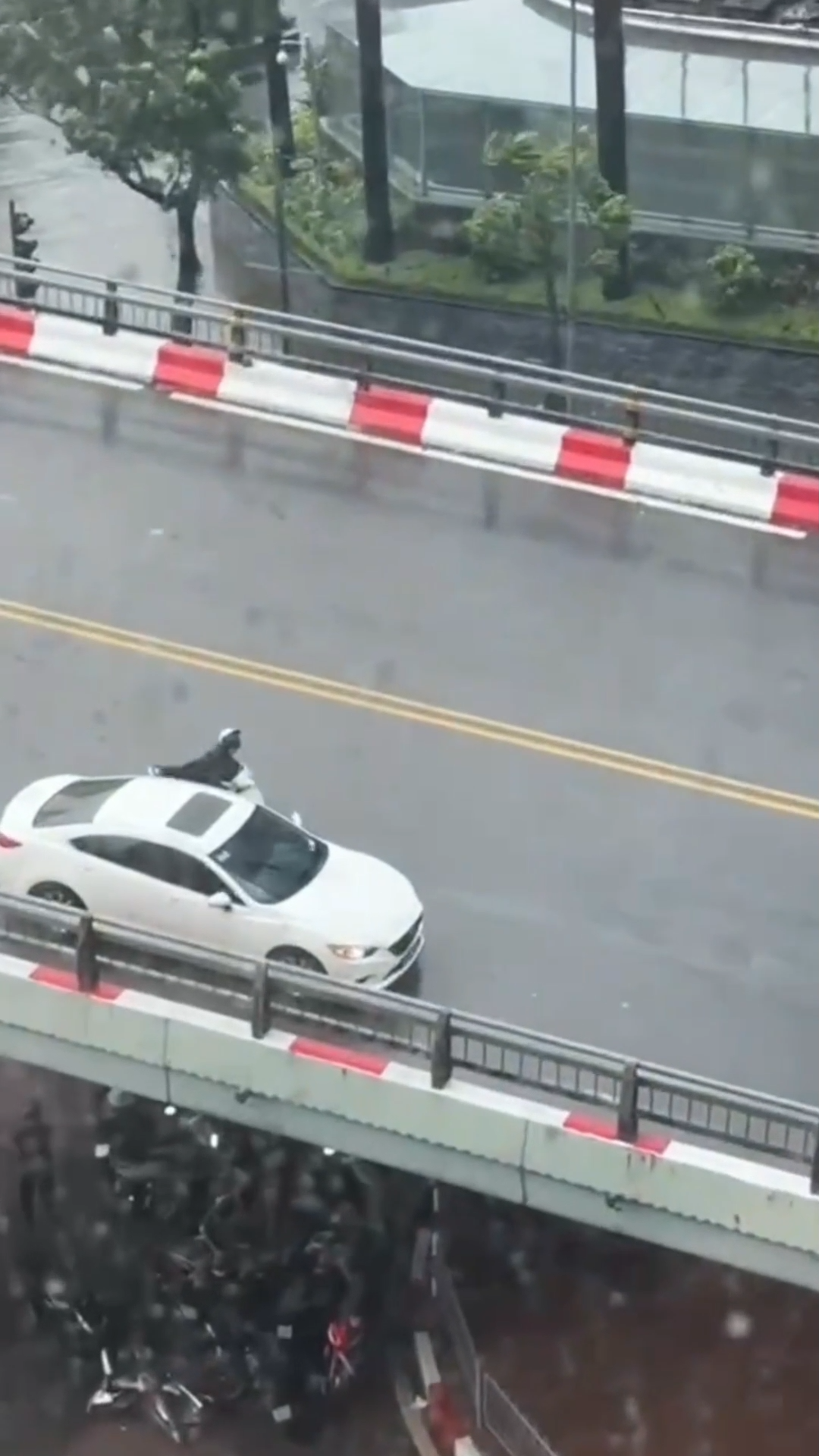

Comment (0)